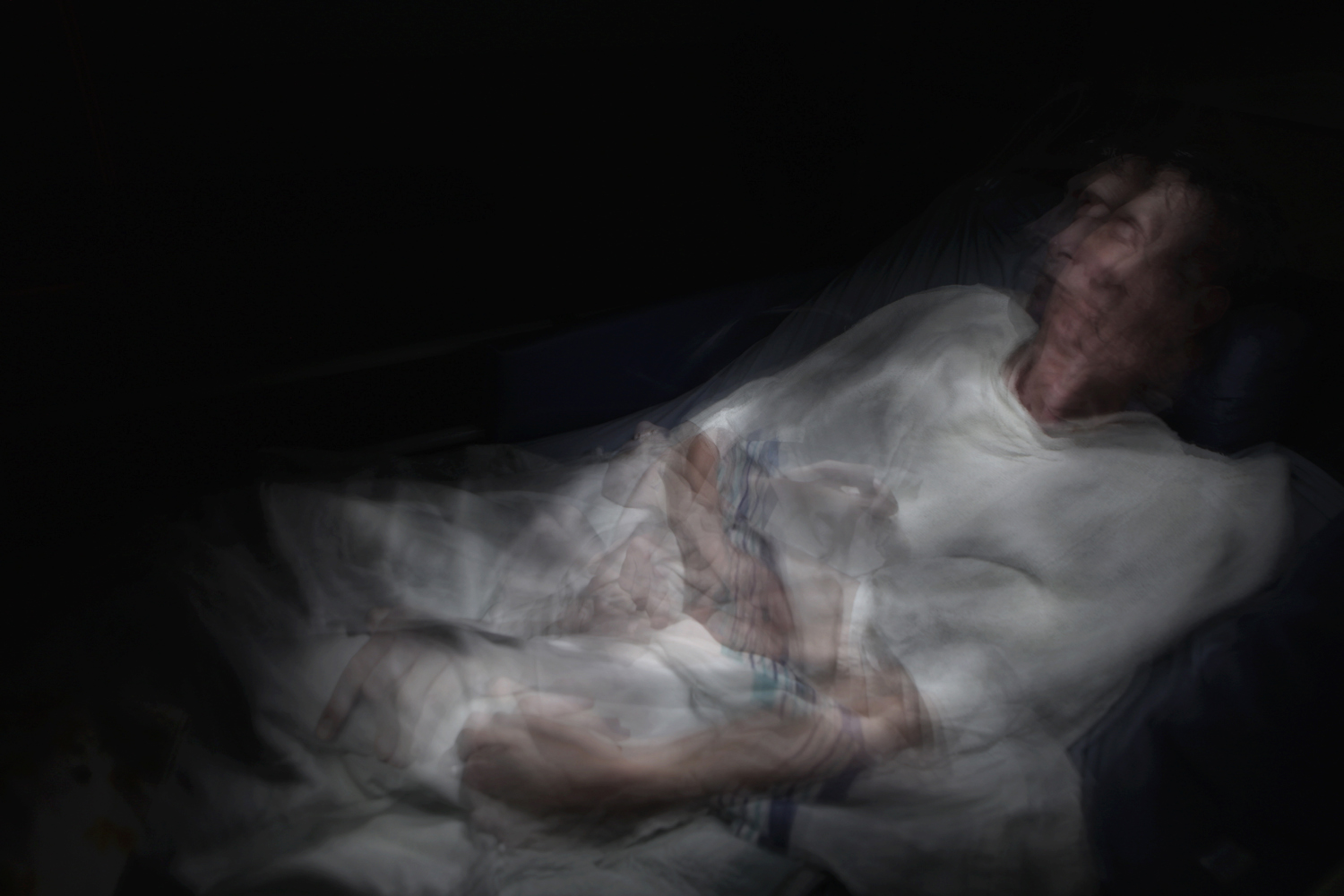
Kitra Cahana’s photographs have received notable recognition, appearing on the front page of the New York Times and winning first place in the 2010 World Press awards. Earlier this year, she was named a TED Fellow. And tonight at ICP, she will be honored with the 2013 Infinity Award for Young Photographer — Cahana is just 25 years old.
Cahana, born in Florida, raised in Sweden and Canada, was introduced to photography at a young age. “I started taking to photography around the age of 12,” she told TIME via email. “My father, realizing my interest in art, began giving me assignments to photograph through a positive lens. He would say: ‘This month focus on ‘joy’ or ‘compassion’ or ‘fulfillment.’ It began to shape the way I perceived my environment.”
After high school, Cahana traveled to Israel and began working professionally as a photographer. She balanced academic studies at Hebrew University with an internship at Ma’ariv, a daily Israeli newspaper, tagging along with the other photojournalists in Jerusalem and the West Bank.
“I went to Gush Katif, the Israeli bloc of settlements, in early summer of 2005. I was 17 and too young for a press pass, so once I was past the military checkpoint, I didn’t leave for two and a half months. I wasn’t photographing for anyone in particular, but submitted a few images to the EPA wire for consideration.”
On the first day of the Israeli Disengagement that year, one of Cahana’s photos was used on the front page of the New York Times.
“I realized my ability, recognized my medium, and decided that, as challenging as it is to study and work professionally, I would try.”
Cahana returned to her former home, Montreal, to study philosophy at McGill University. There, she came to realize that really seeing issues and maintaining a strong ethical code were equally important aims. Throughout her studies, she periodically took short assignments and internships and devoted her summers to photo projects.
Since taking up photography full-time, Cahana’s nomadic way of life has strongly echoed that of her upbringing; her family moved frequently, to communities where her father served as a rabbi.
“My siblings and I spent much of our childhoods traveling with our parents. They kept us in backpacks and kept us asking questions, opening up our sense of the grandeur and complexities of every community we encountered.”
Another important family influence was her grandmother, Alice Lok Cahana, an artist and Holocaust survivor whose work, Cahana says, has informed her own vision.
“Her paintings are layered, textured and deeply symbolic. They weave the light with the dark, the broken with the divine. That has always been a quality I strive for in my photographs.”
Cahana’s earlier work dealt with various themes — Jewish identity, gender identity, spiritual identity.
“In many ways, I came of age by photographing and discovering, learning about myself as I was learning about my subjects.”
The one major body of work that Cahana created specifically on assignment was in Austin, Texas, for National Geographic, where she embedded in a suburban high school for two and a half months.
“I’m interested in creating documents that rely as much on the written word as they do on the photographic image. But in order to do that, one really has to embed in others’ lives. Within a month and a half of being at the high school in Texas, I had made friends with most cliques.”
On and off over the past three years, Cahana has been documenting and living among nomadic youth in America.
“Documenting within the punk nomadic world is different. There, I feel more like I’ve joined my tribe — a different way of life, but I also feel very much at home there.”
Ultimately, Cahana is often drawn to stories about relationships, which are (or become) personal and intertwined with her own history.
For instance, “the Ben Baruchs are a religious Jewish family living in Safed in northern Israel, a town where my father’s family lived since the 18th century. They had their own child with Down Syndrome, adopted another, and took in and raised several others with Down Syndrome. The images of their lives follow the evolution of a love story between their own son, Avichai and one of the adopted daughters, Kirin, from their early teenage years to their wedding and the beginning of their home-making together.”
This past year Cahana has been living between Ramallah and Jerusalem and working on stories about everyday Israelis and Palestinians who manage to foster relationships with each other.
“I look for stories that are nuanced. I grew up with both extreme right- and left-wing propaganda around me. The rhetoric is exhausting; it makes caricatures of the people living on the land, and excuses corrupt and self-interested leaders.”
Recently, Cahana has grappled with a poignant, personal project in Montreal. Two years ago, her father had a brain stem stroke that left him totally paralyzed with the exception of eye movement, but with total cognitive capacity.
“I spent four months living with him in the Neurological Institute in Montreal. He communicated his thoughts through a blinking system, slowly, tenderly communicating whatever he wanted to say. We spent hours each day deep in communication. I documented much of his recovery — his first breath, my sister tending to his atrophying limbs, my mother and father kissing, but the images were not communicating the spiritual transformation we were all going through. I needed to find a different aesthetic vocabulary. The resulting images are just the beginning of this exploration. This work is about the mind’s endless search for its body and vice-versa.”
“When I was 12, my father would say: ‘Focus on the word ‘joy’ or ‘compassion’ or ‘fulfillment’.’ And for a month, I would photograph through a lens of joy or compassion. It forced me to begin practicing each of those attributes, allowing my own inner being to deeply change.”
Her father’s words have become her mantra. Cahana continues to grow — emotionally, spiritually, artistically. It’s difficult to believe she is just 25 years old.
Kitra Cahana is a documentary photographer. In 2013, she was named a TED fellow.
Phil Bicker is a Senior Photo Editor at TIME.
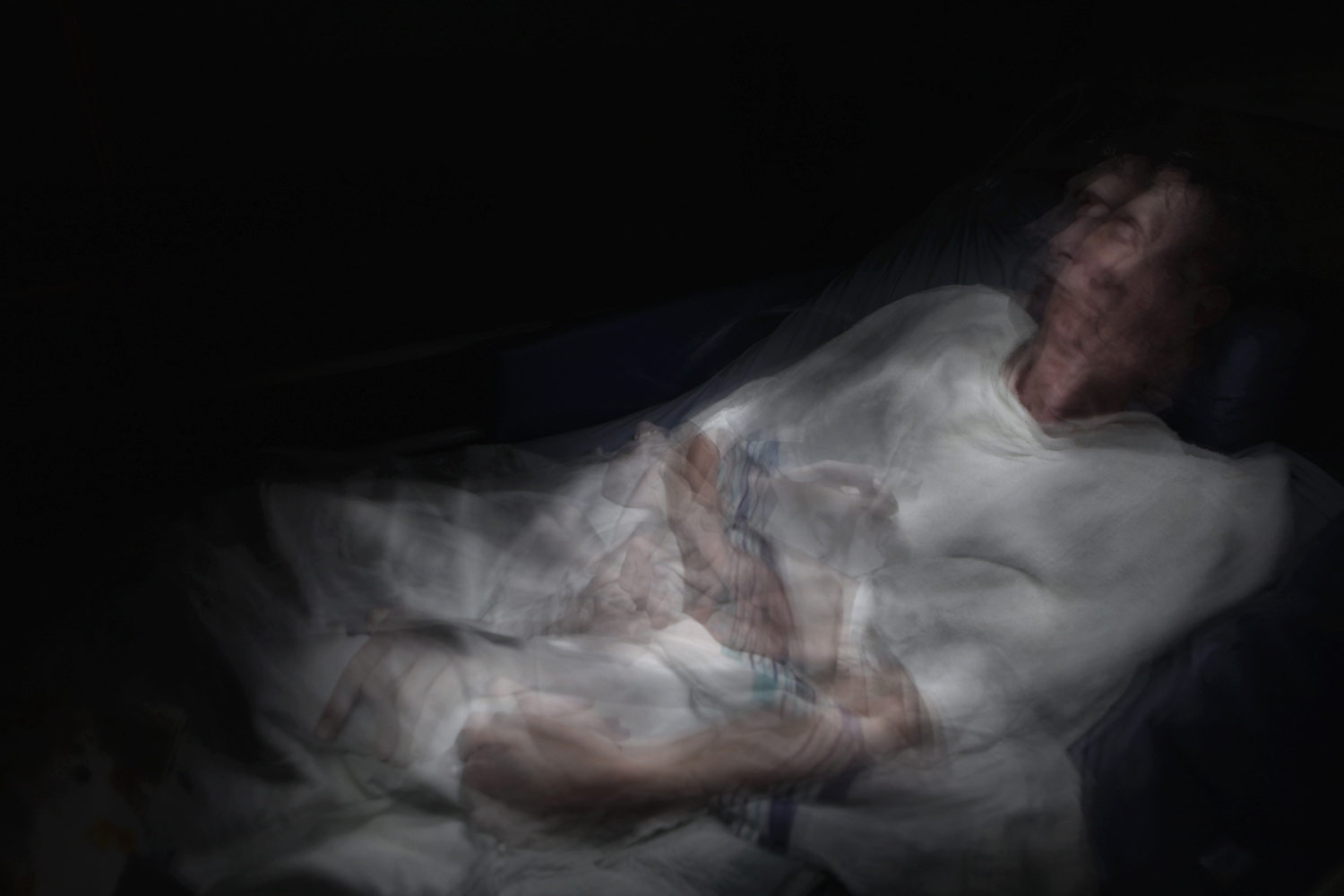


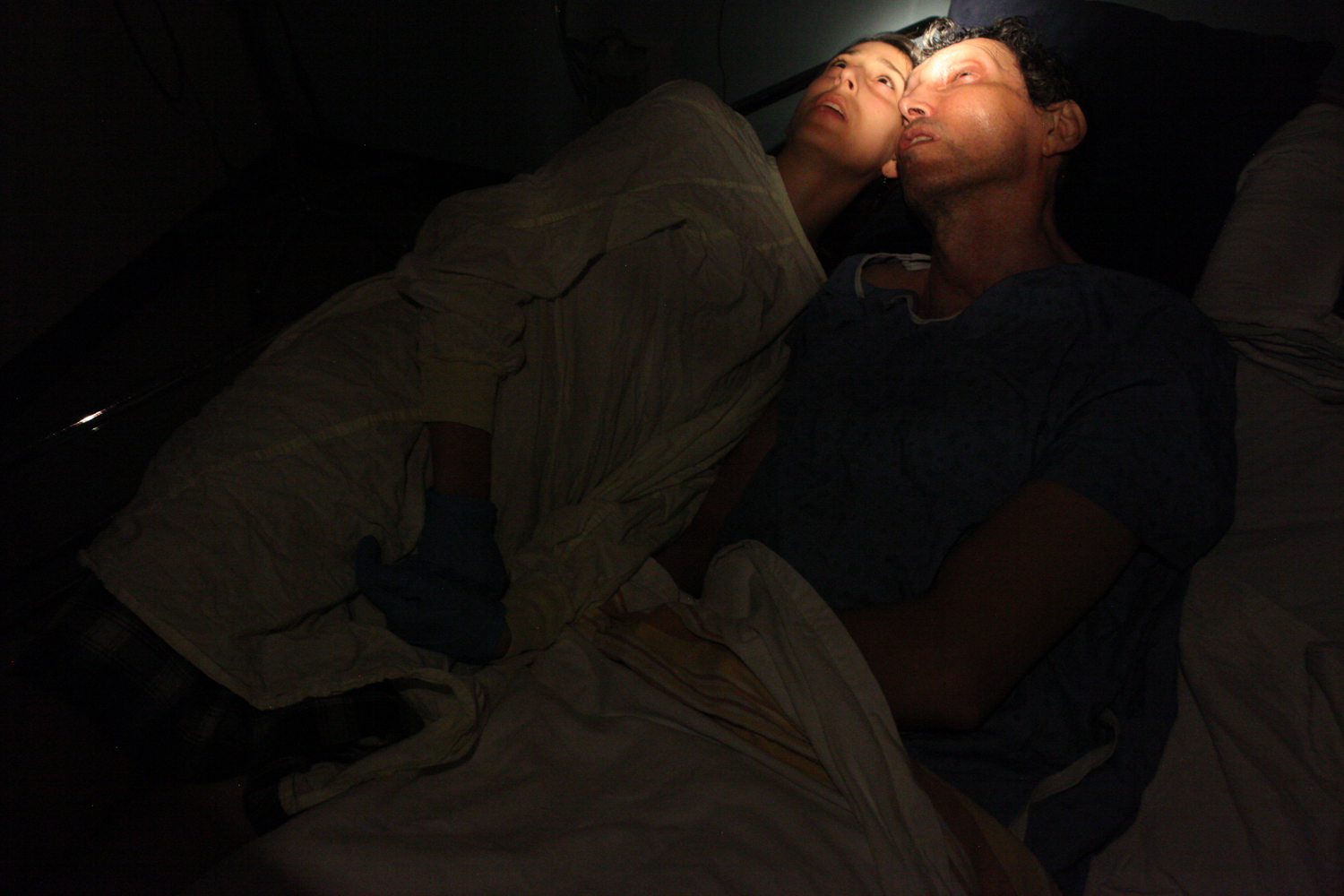

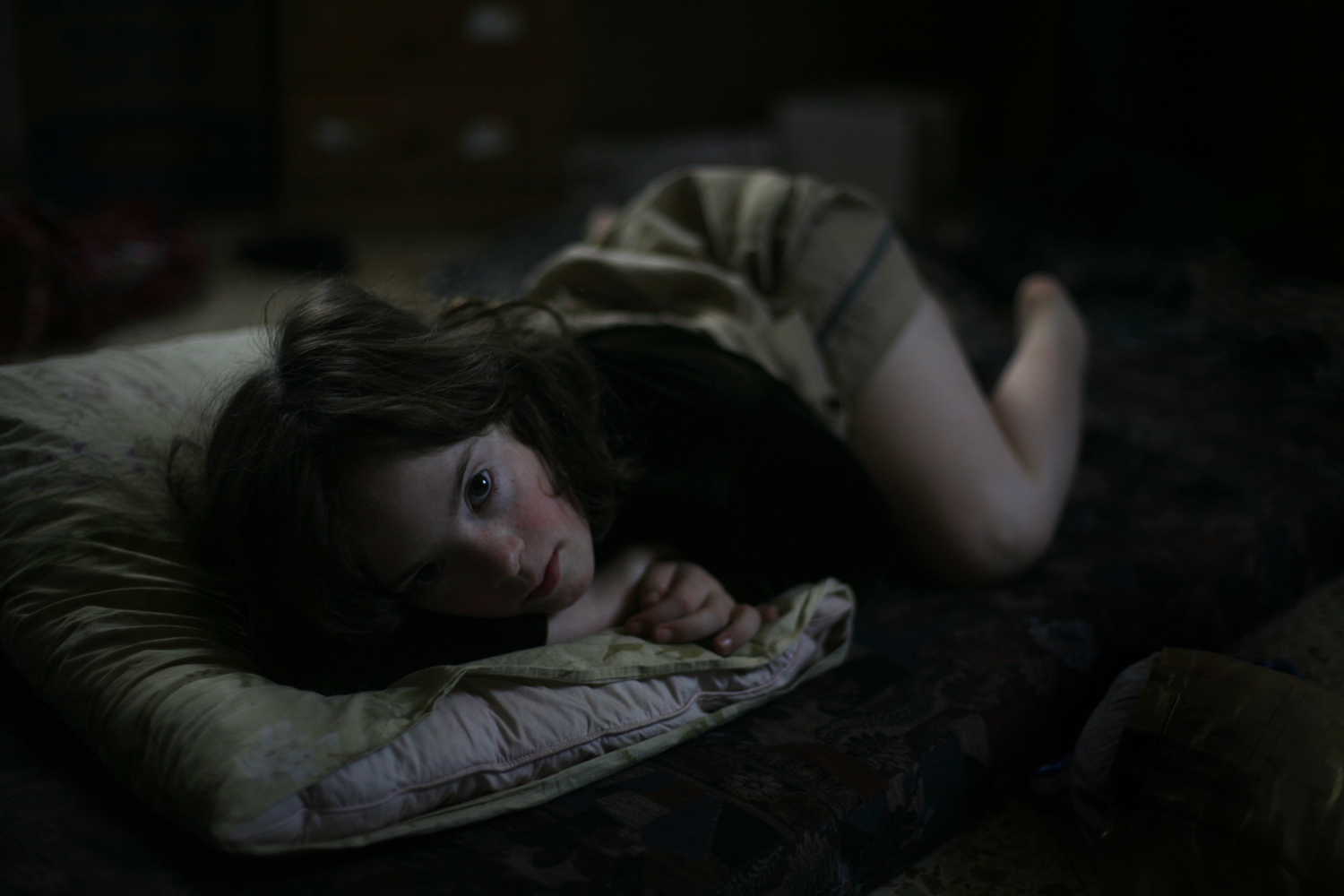

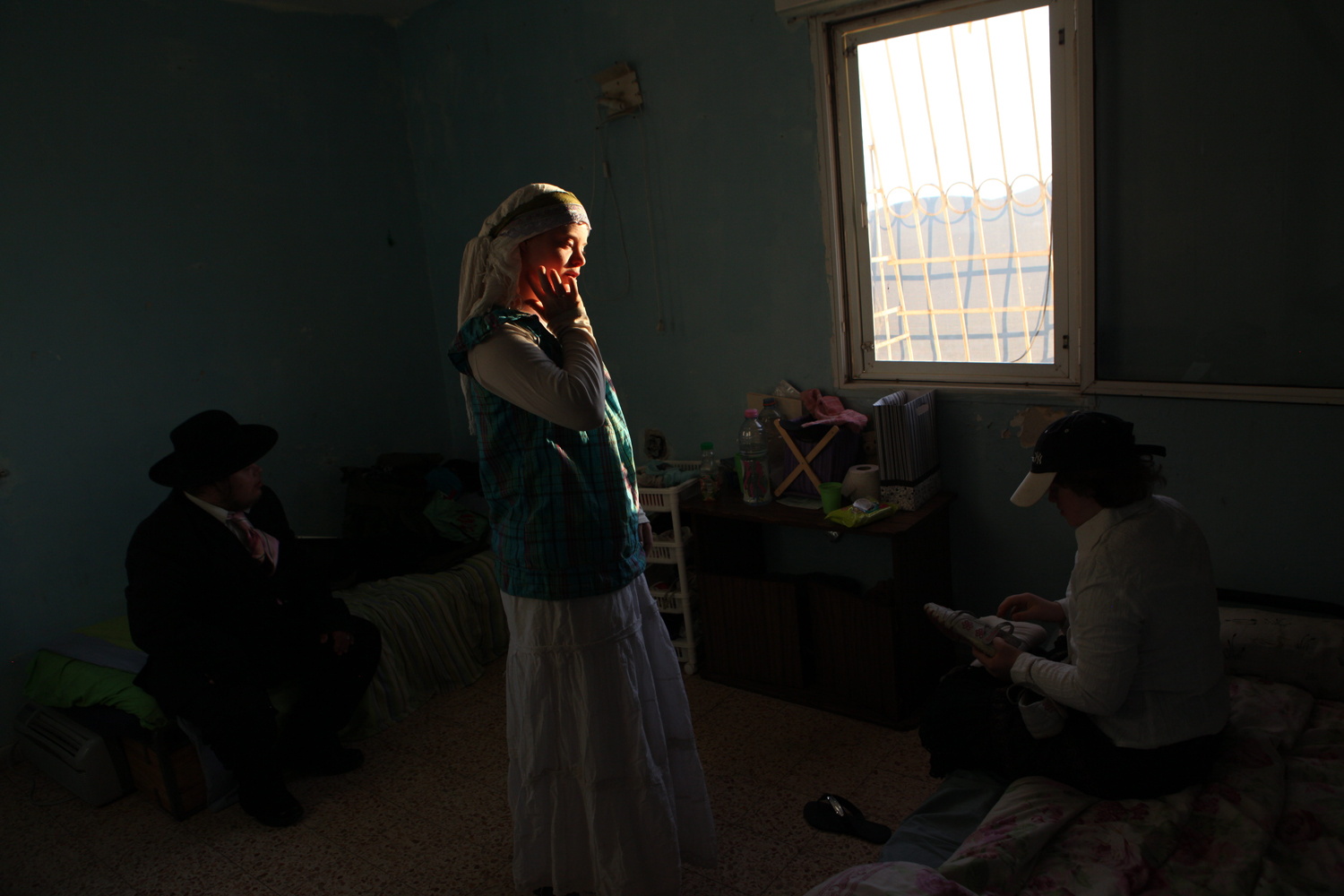
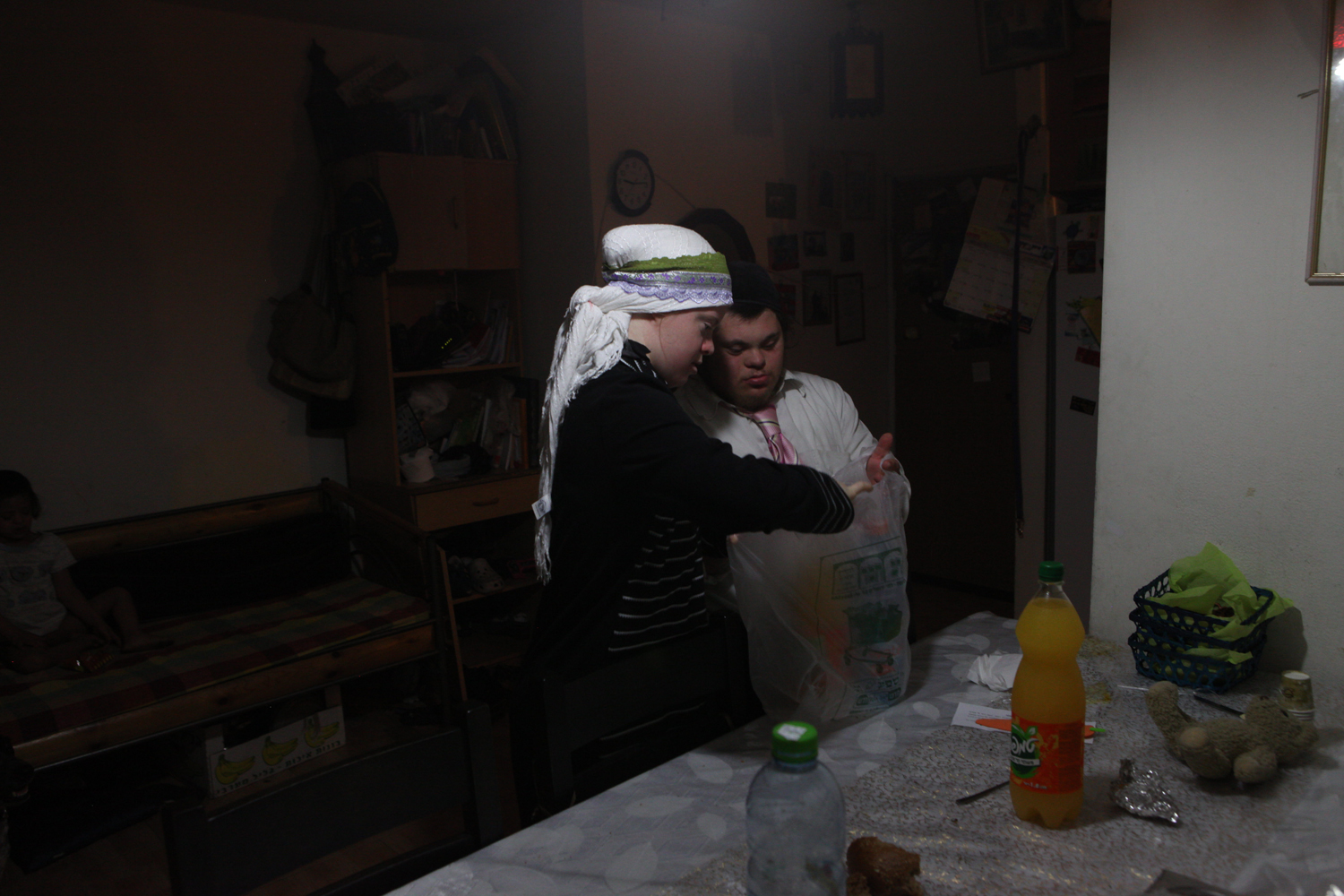
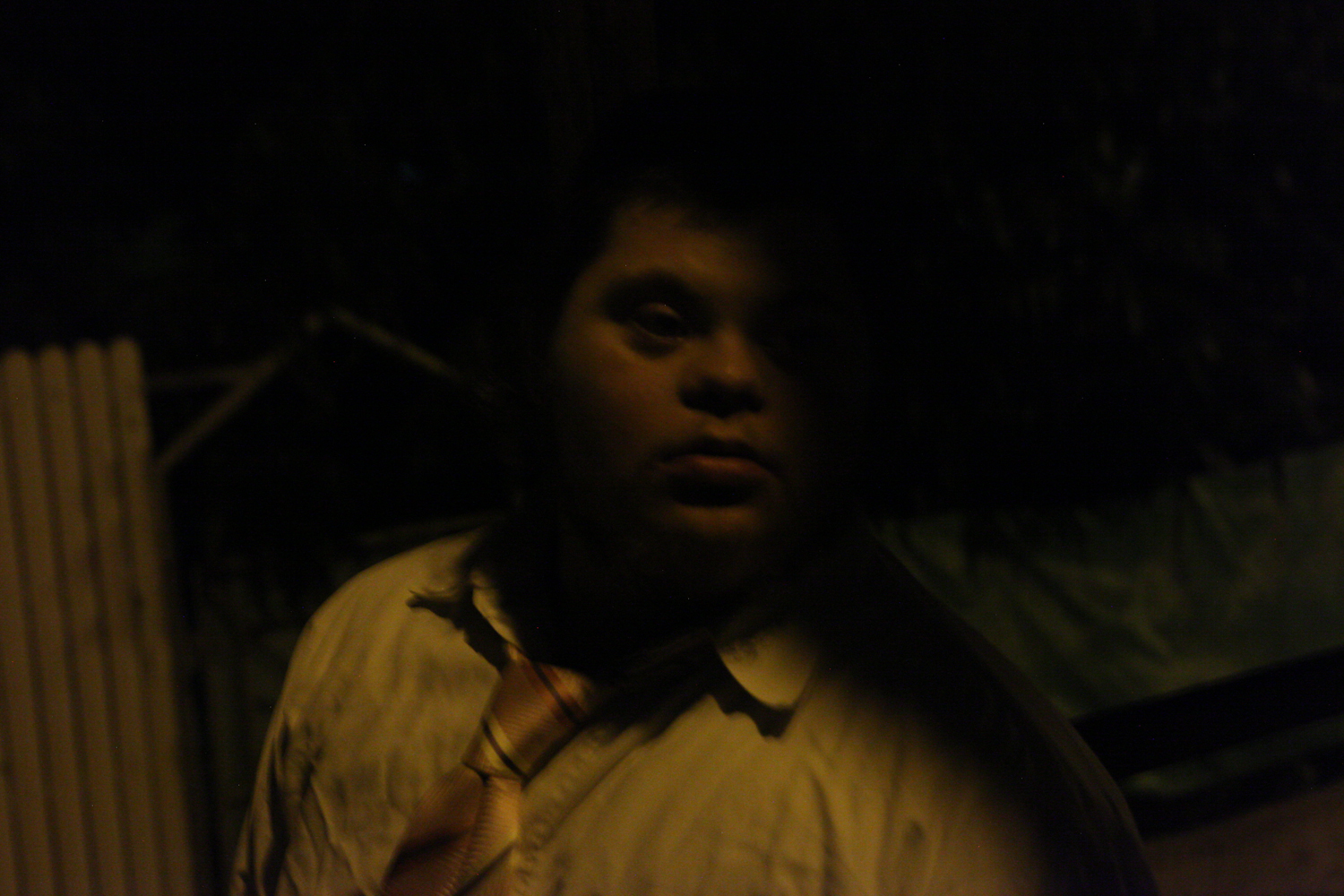


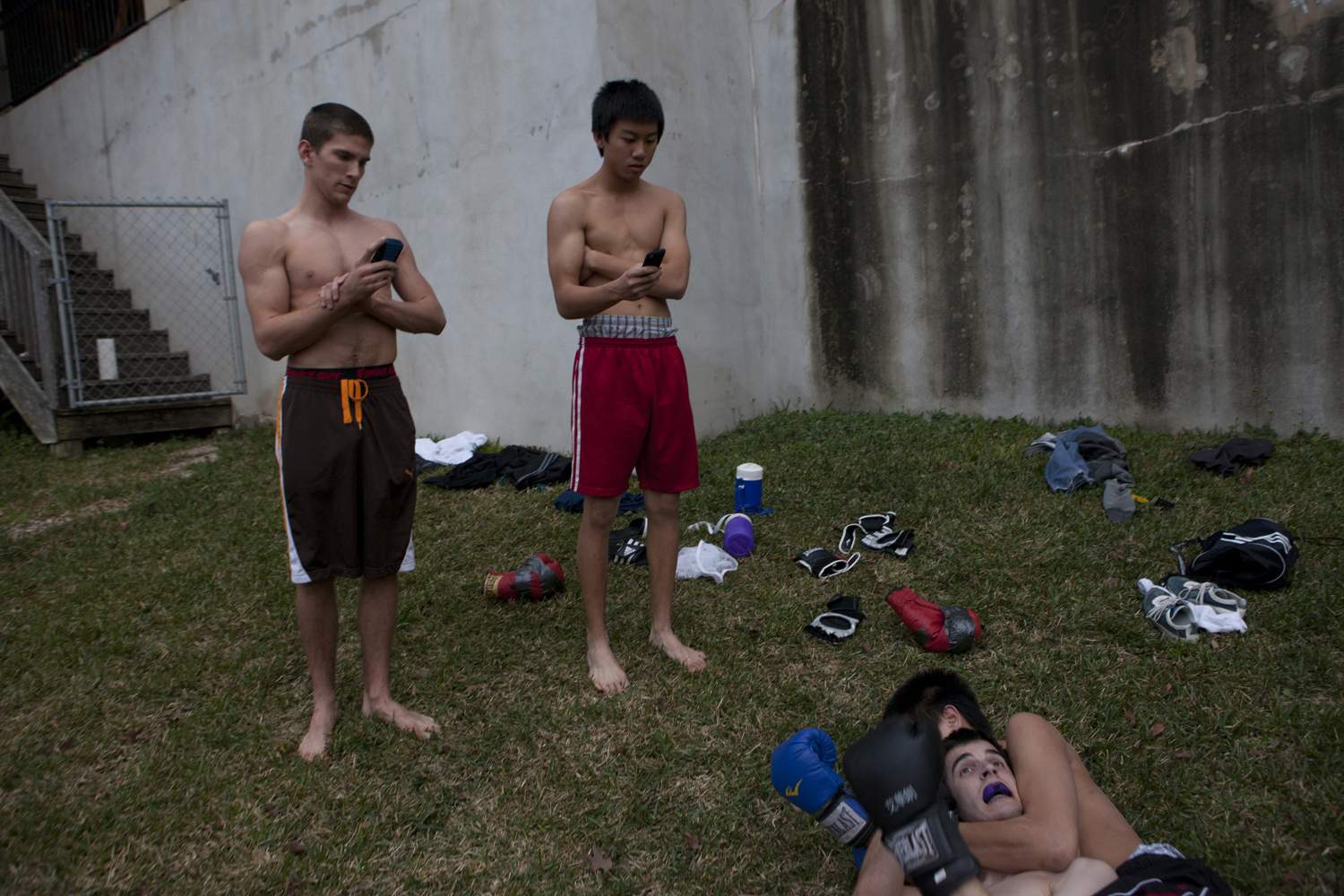
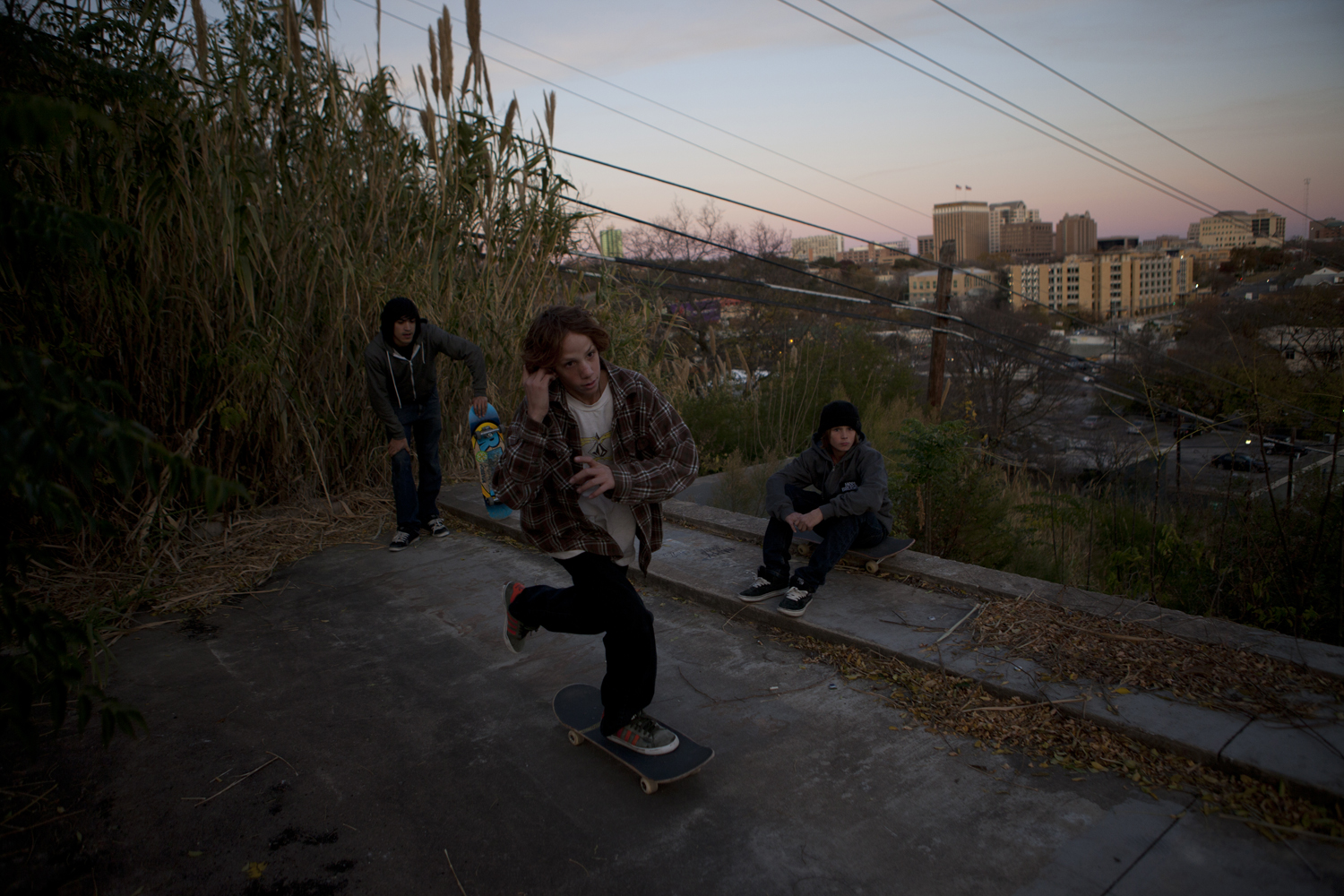

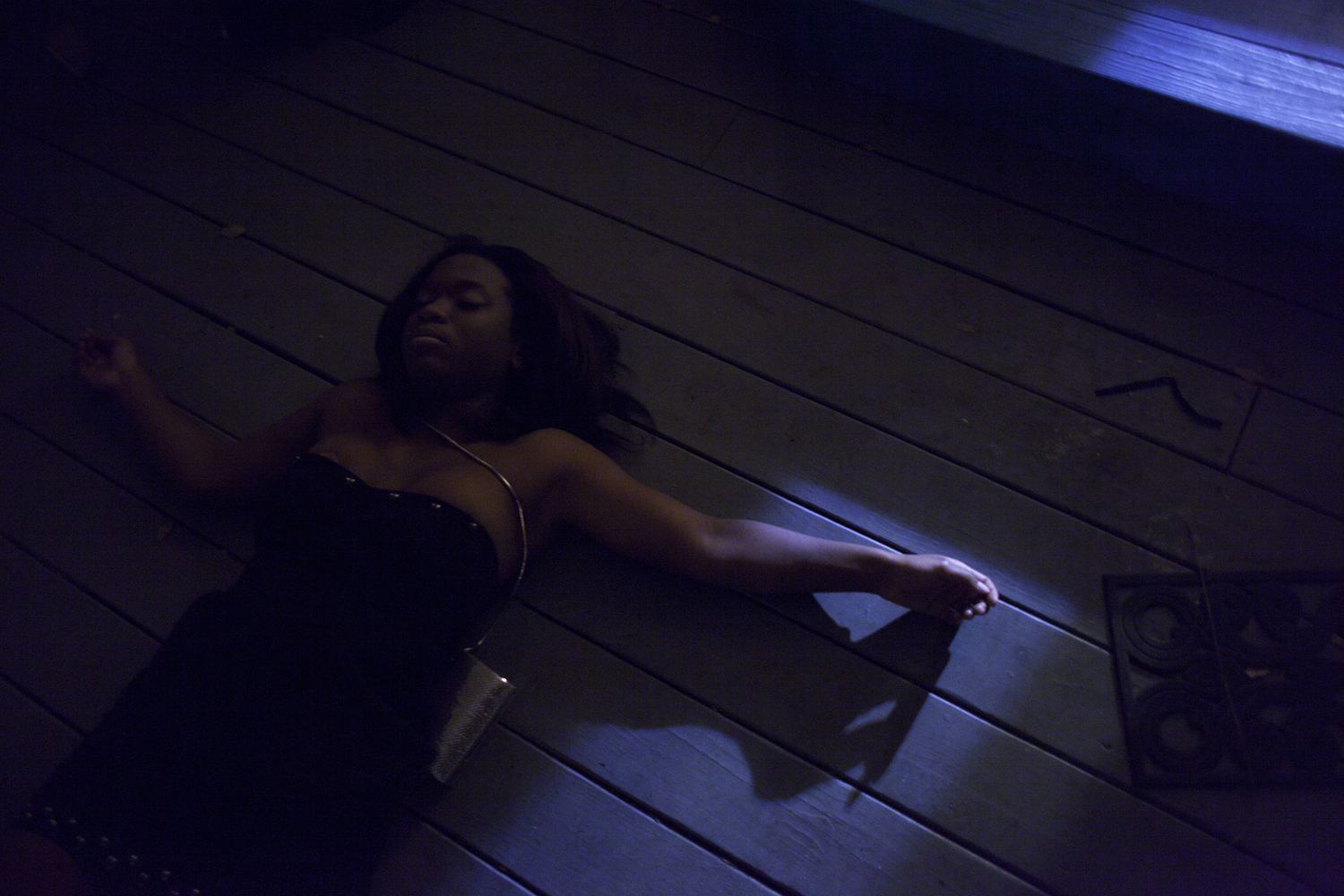

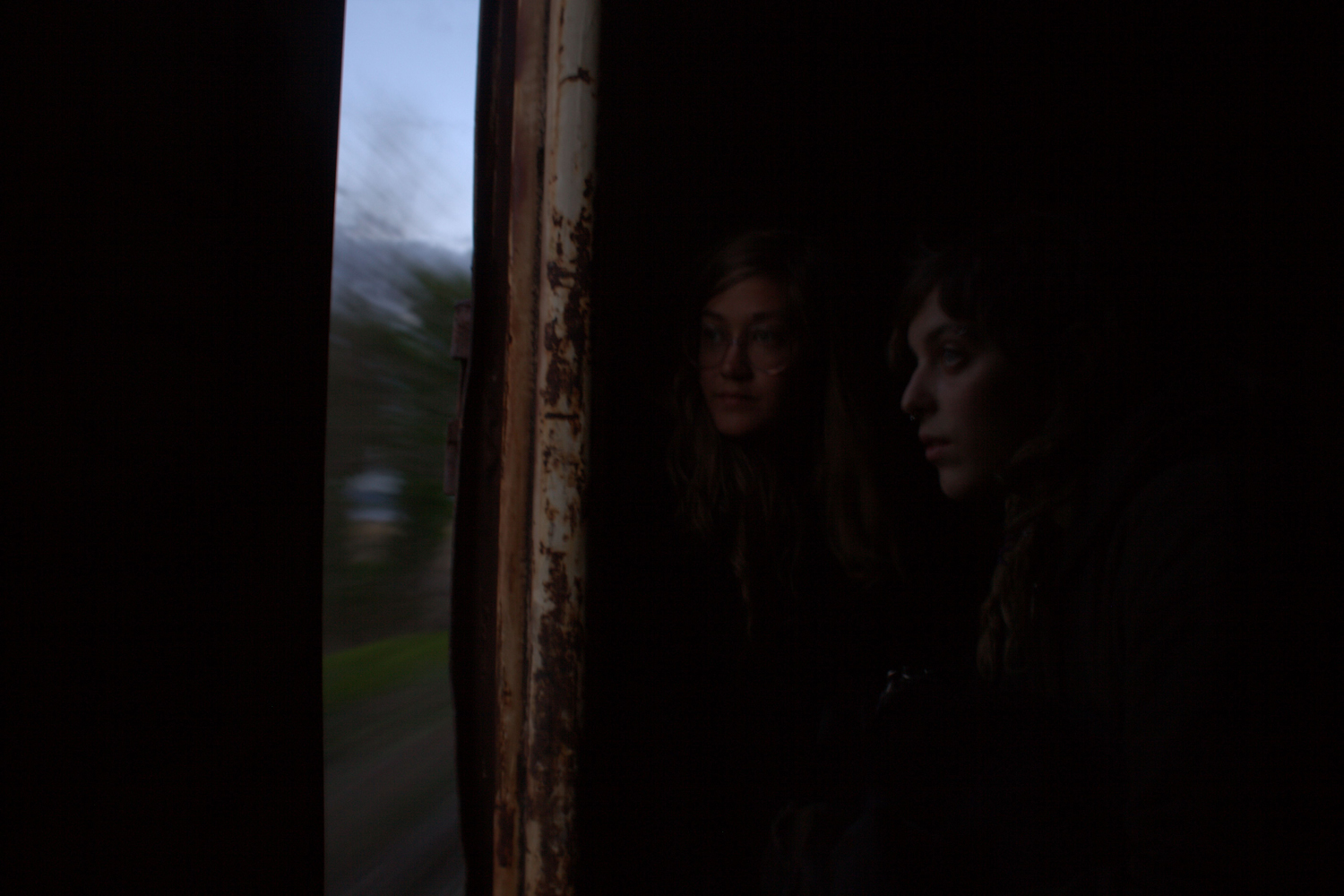

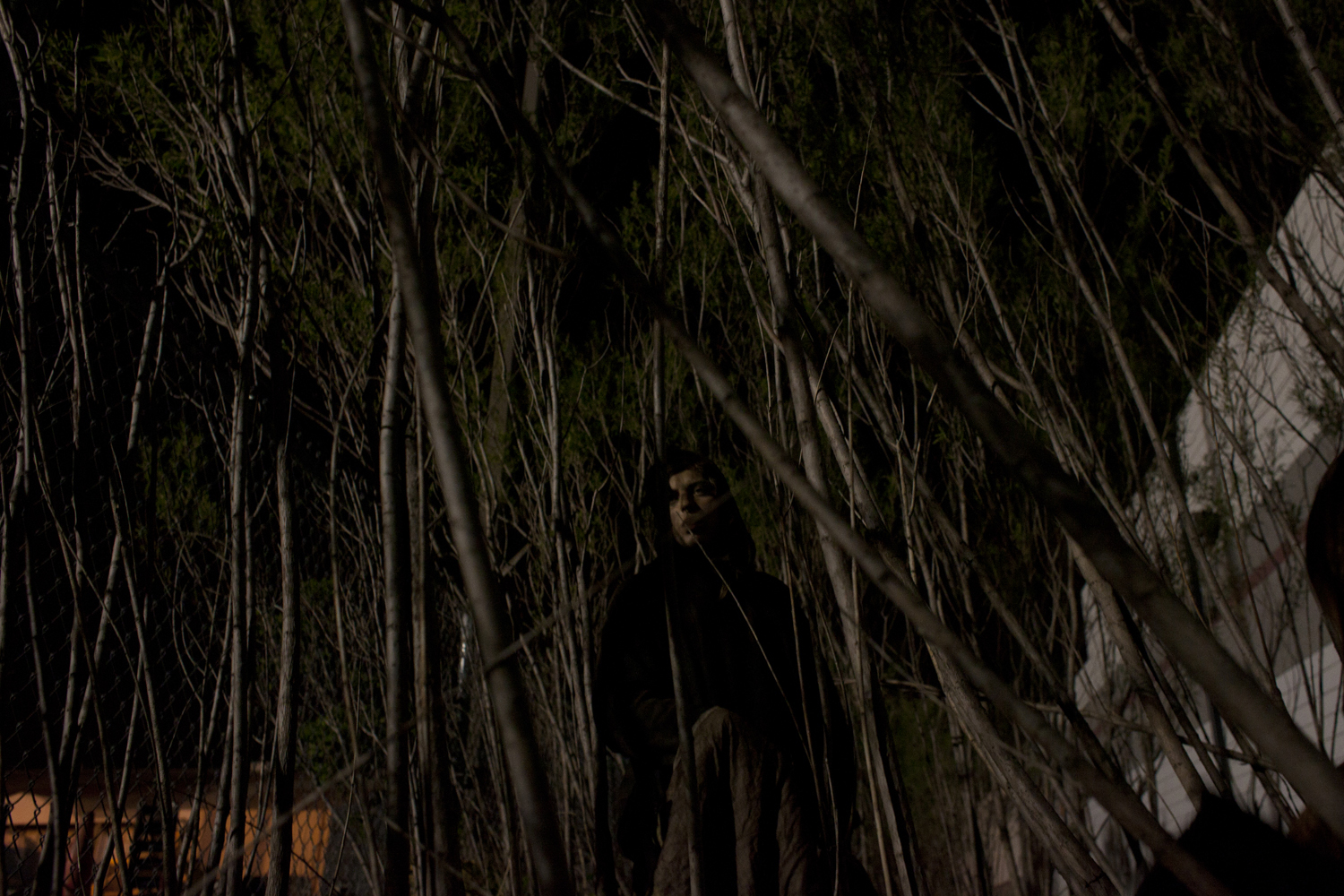

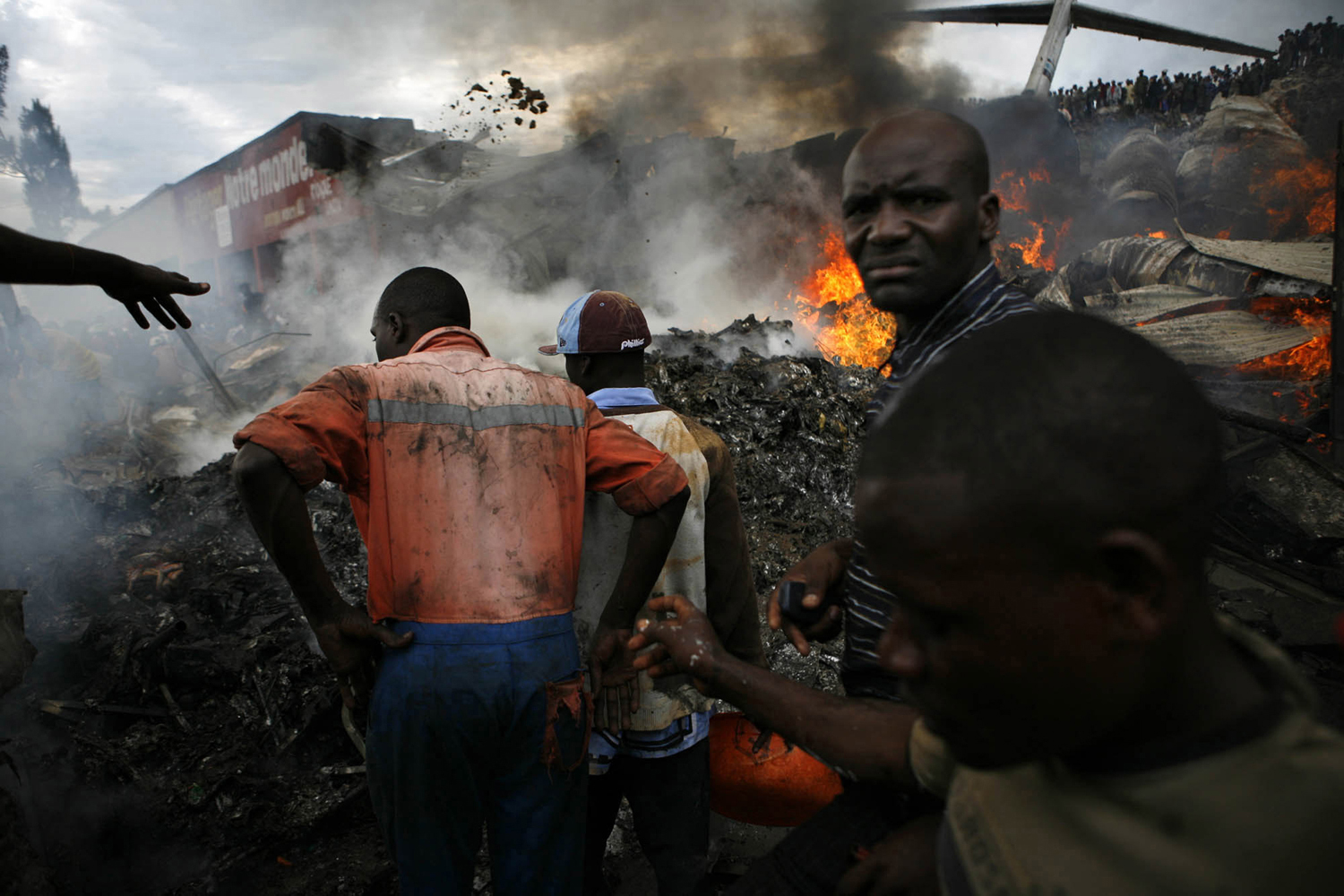
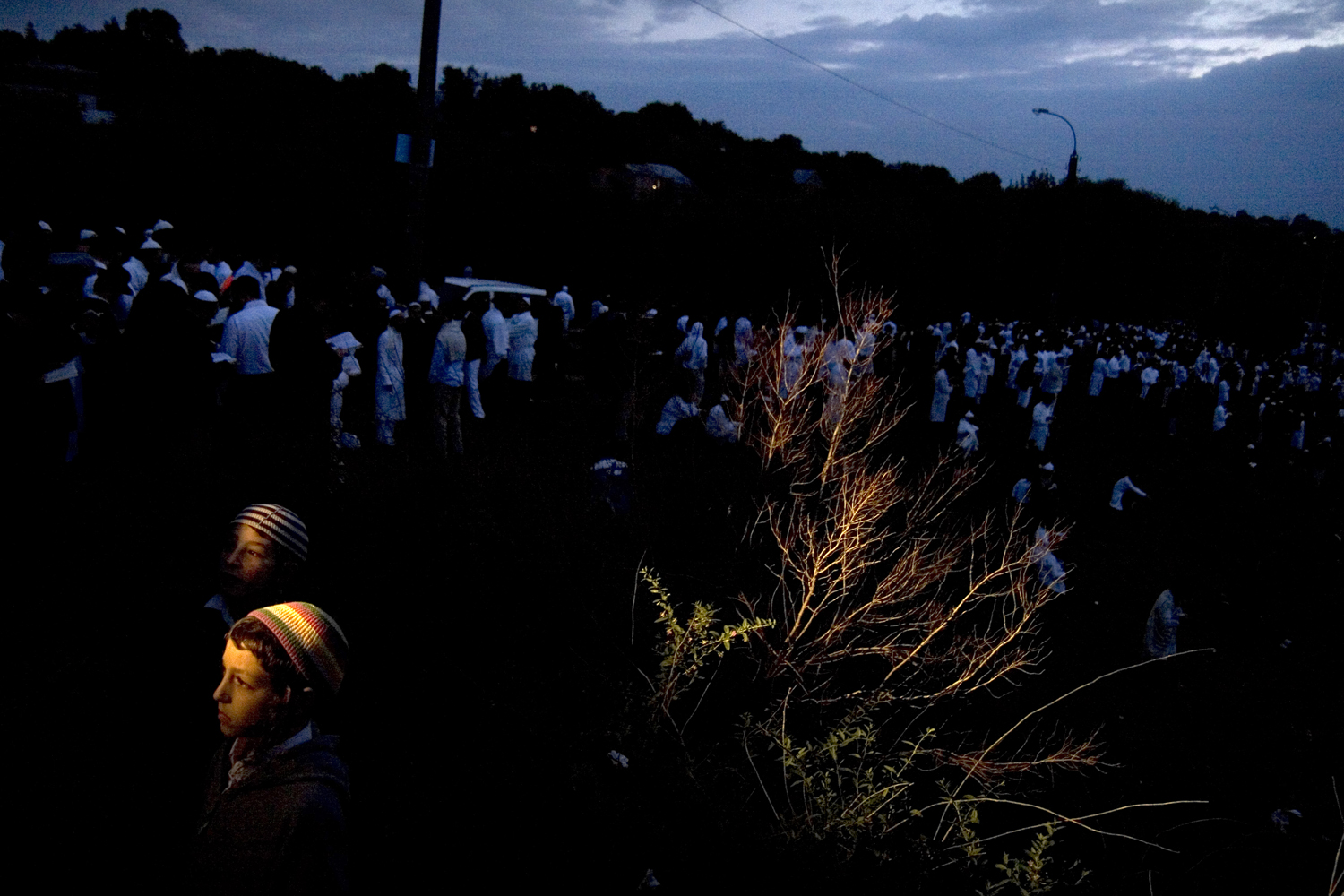
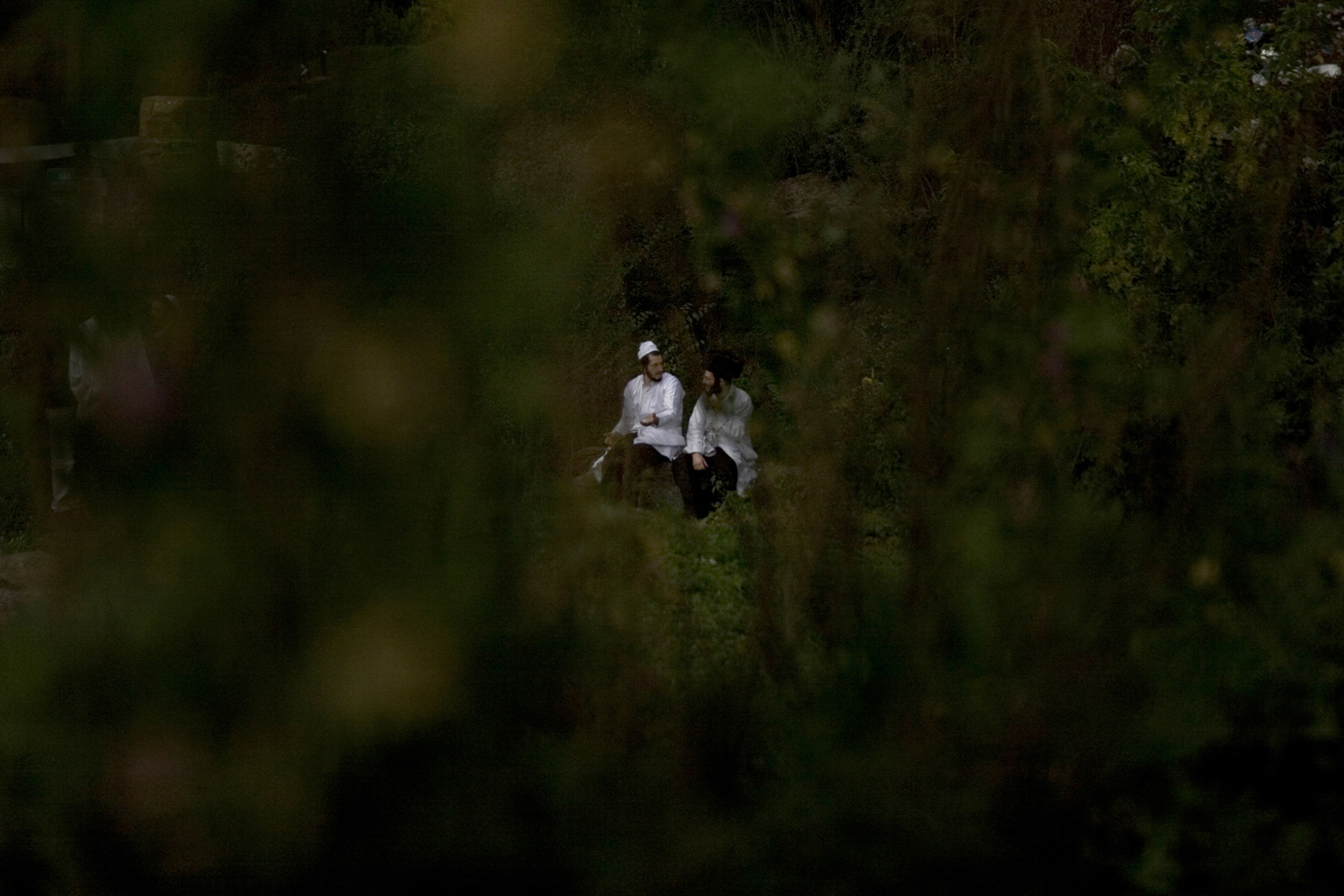
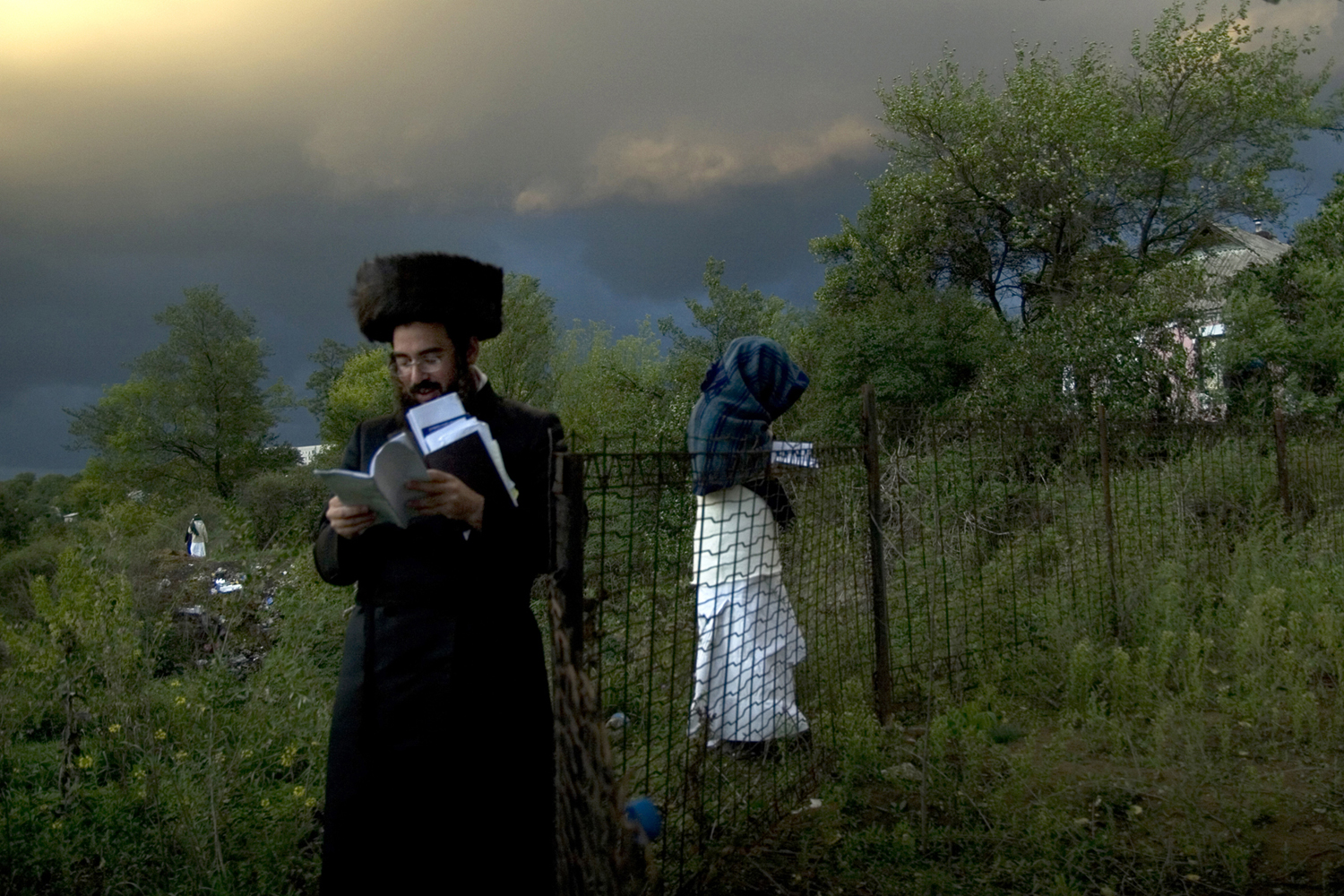

More Must-Reads from TIME
- Donald Trump Is TIME's 2024 Person of the Year
- Why We Chose Trump as Person of the Year
- Is Intermittent Fasting Good or Bad for You?
- The 100 Must-Read Books of 2024
- The 20 Best Christmas TV Episodes
- Column: If Optimism Feels Ridiculous Now, Try Hope
- The Future of Climate Action Is Trade Policy
- Merle Bombardieri Is Helping People Make the Baby Decision
Contact us at letters@time.com